Apple iPhone 18 Pro’s display rumored to look radically different by ditching a key feature

AI-generated concept of iPhone 18 with top left single-hole Face ID camera
Moving the Face ID technology under the display would allow for a more uninterrupted screen area, bringing Apple closer to achieving a truly edge-to-edge viewing experience. However, the report does not clarify the fate of the Dynamic Island software feature. It's unknown if Apple will adapt the software to work around the single camera hole, or if the feature will be replaced entirely by the time the iPhone 18 series launches.
Apple has gradually reduced the size of its display intrusions, moving from the original notch introduced with the iPhone X to the Dynamic Island on recent models. Achieving under-screen Face ID would represent a significant step in this design progression.
Apple's iPhone 18 Pro models, anticipated for a 2026 release, are rumored to feature Face ID sensors placed underneath the display, according to a report from The Information. This follows earlier reporting from the same source suggesting Apple might be considering a shift to releasing major iPhone updates twice a year, potentially starting as soon as next year.
The latest information suggests the iPhone 18 Pro and Pro Max could eliminate the pill-shaped Dynamic Island cutout currently used for the camera and Face ID hardware. Instead, these models might only have a small, circular hole in the top-left corner for the front-facing camera.
All the necessary sensors for Face ID would operate from beneath the screen surface. This potential change aligns with previous predictions from display industry analyst Ross Young, who also pointed towards under-screen Face ID arriving on Pro iPhones in 2026.
Heard it was pushed to 2026.
— Ross Young (@DSCCRoss) May 2, 2024
While some Android manufacturers, like Samsung, have already implemented under-display cameras on certain devices, integrating the complex suite of sensors required for Apple's secure Face ID system without affecting performance or display quality presents a considerable technical challenge.
Compared to the rumored changes for the upcoming iPhone 17 Pro, which seemed to be geared largely towards the back of the device, the potential shift with the iPhone 18 Pro appears to be all about the display. If Apple successfully implements under-screen Face ID, it could offer a noticeably cleaner design that many users have been anticipating, assuming the technology works reliably without compromise to facial recognition speed or security. The focus will be on Apple's ability to execute this leap seamlessly.
Compared to the rumored changes for the upcoming iPhone 17 Pro, which seemed to be geared largely towards the back of the device, the potential shift with the iPhone 18 Pro appears to be all about the display. If Apple successfully implements under-screen Face ID, it could offer a noticeably cleaner design that many users have been anticipating, assuming the technology works reliably without compromise to facial recognition speed or security. The focus will be on Apple's ability to execute this leap seamlessly.
Follow us on Google News


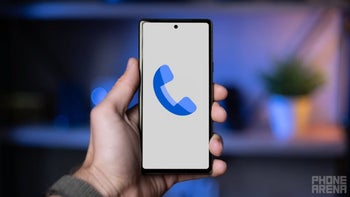
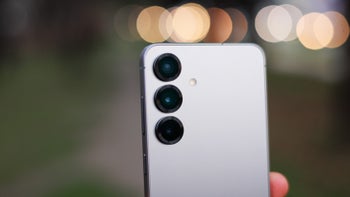
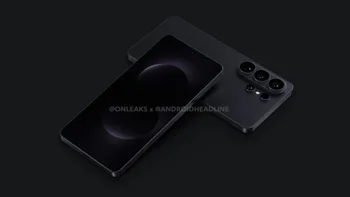


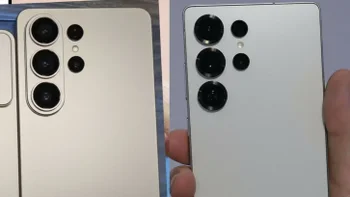
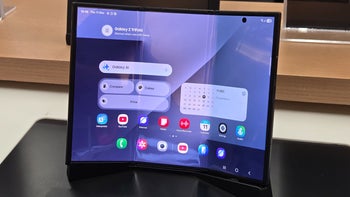

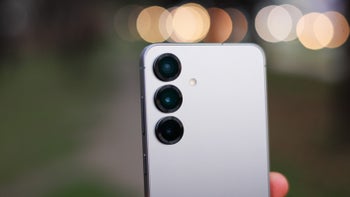
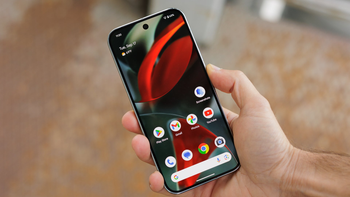
Things that are NOT allowed:
To help keep our community safe and free from spam, we apply temporary limits to newly created accounts: